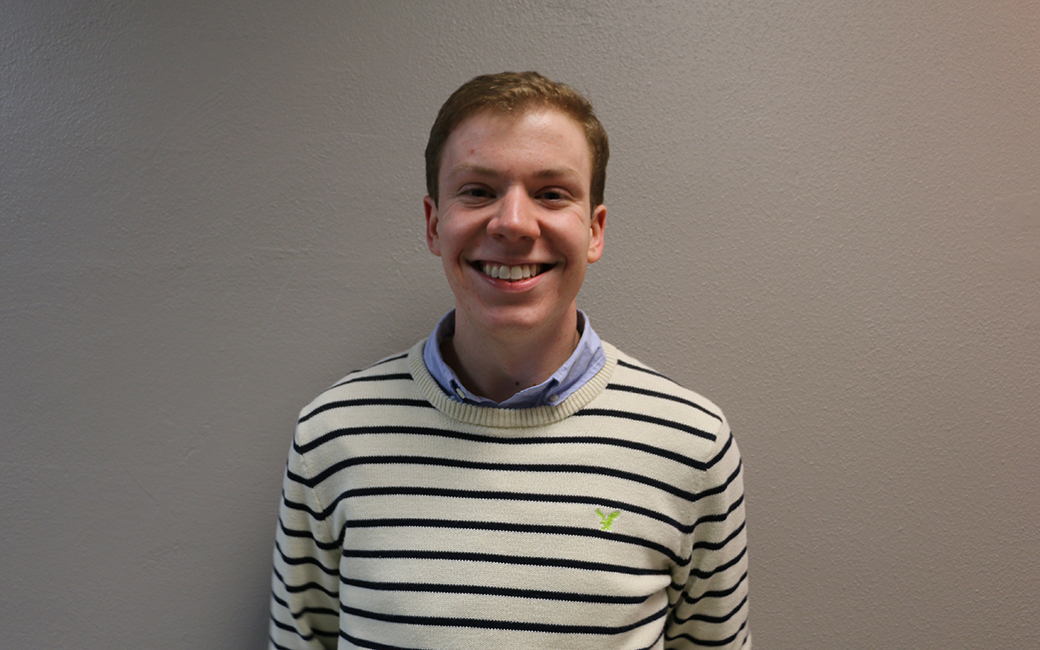
Mental health in the modern world
A survey from the American Psychiatry Association found that millennials are by and large the most anxious generation.
Women are reported to have higher anxiety than men, and people of color scored 11 points higher on the anxiety scale than Caucasians.
So what does this say about the state of our world? With statistics telling us that 70% of millennials would be comfortable visiting a counselor or a therapist like this therapist in Miami, perhaps the conversation of mental health is more obviously a priority than it ever has been before.
Yes, there are those who believe mental health issues like anxiety and depression are legitimate issues. Our parents and grandparents, for example, have a hard time accepting that mental health problems are real problems. But as Millennials and Gen Z’ers are becoming the majority, these issues will likely become less stigmatized than they have been in the past.
And this is great. The conversation of mental health is one that we absolutely should be having.
A 2018 article from Forbes says that depression rates in millennials are up 47% from previous years’ statistics of 3.0% and 4.4%.
The pressures people our age face are huge. We have to do well in school, we have to work to support ourselves – and because of the world we live in, we face the pressures of social media. We have to worry about looking good and fitting in. We have to worry about making sure our tweets get a sufficient number of likes.
According to the Pew Research Institute, 88% of 18 to 29-year-olds are on some kind of social media network, if not multiple. Scientists have found that simply getting a “like” triggers a dopamine bump—which ultimately triggers an addiction cycle not unlike drugs.
Which, admittedly, is pretty wild. It seems so frivolous. Why should anyone care how many people like your Instagram picture? Shouldn’t we be taking pictures for ourselves and not for validation on social media? And what kind of validation spurs from other people’s pseudo-approval from a like on Instagram?
While there’s not any single answer to these questions, the point is that we’re facing old world problems and new world issues. Which seems incredibly dramatic, this is true – but that doesn’t erase the validity of the situation at all.
An article from Barna states that “four in 10 American adults (42%) have seen a counselor at some point in their lives. Thirteen percent say they are currently seeing a counselor or therapist, while more than a quarter (28%) says they’ve seen a counselor or therapist in the past. Another third (36%) says they’re at least open to it, although almost one in four (23%) says they would never see a counselor.”
And while this is fantastic, the fact of the matter is that oftentimes people don’t seek the help they need for a number of reasons – from socioeconomic issues, stigma, or distrust of professionals.
However you slice it, there’s no denying that the acceptance of those with mental health issues and having open discussions about mental health are positive changes that will hopefully continue with time.
